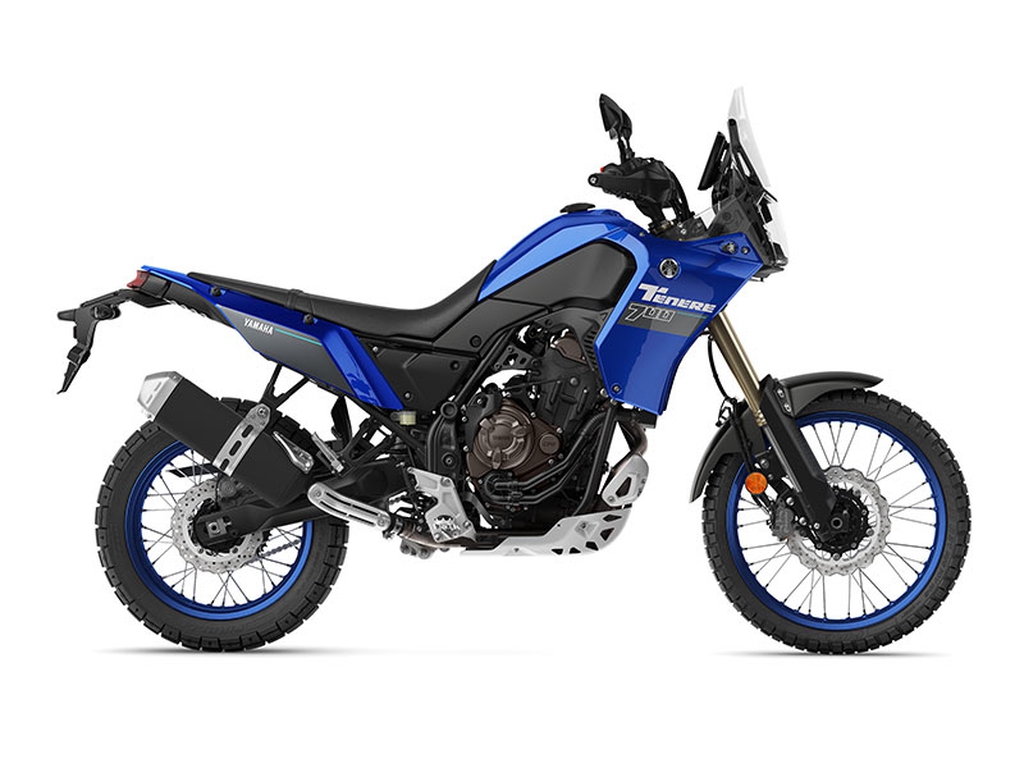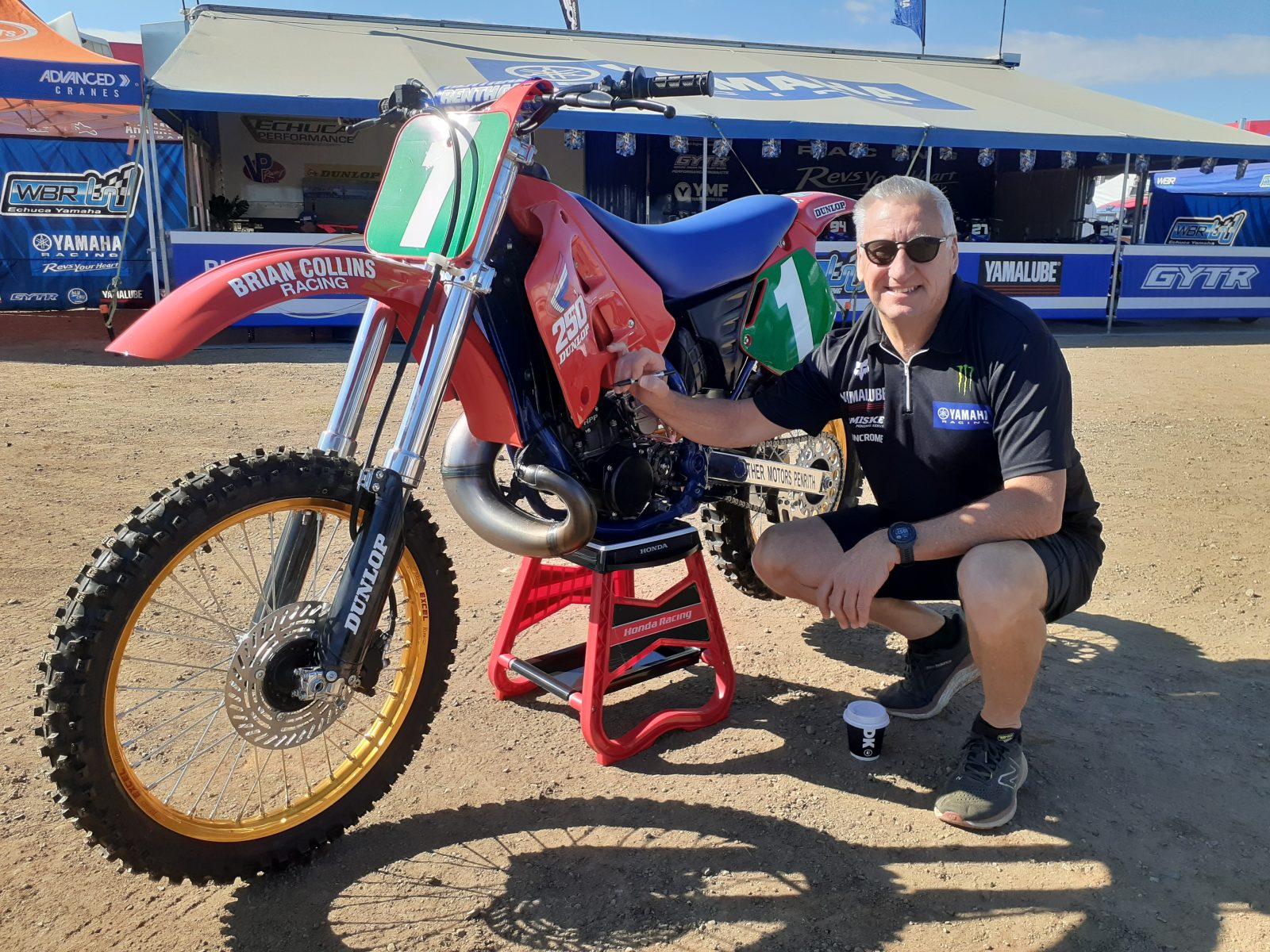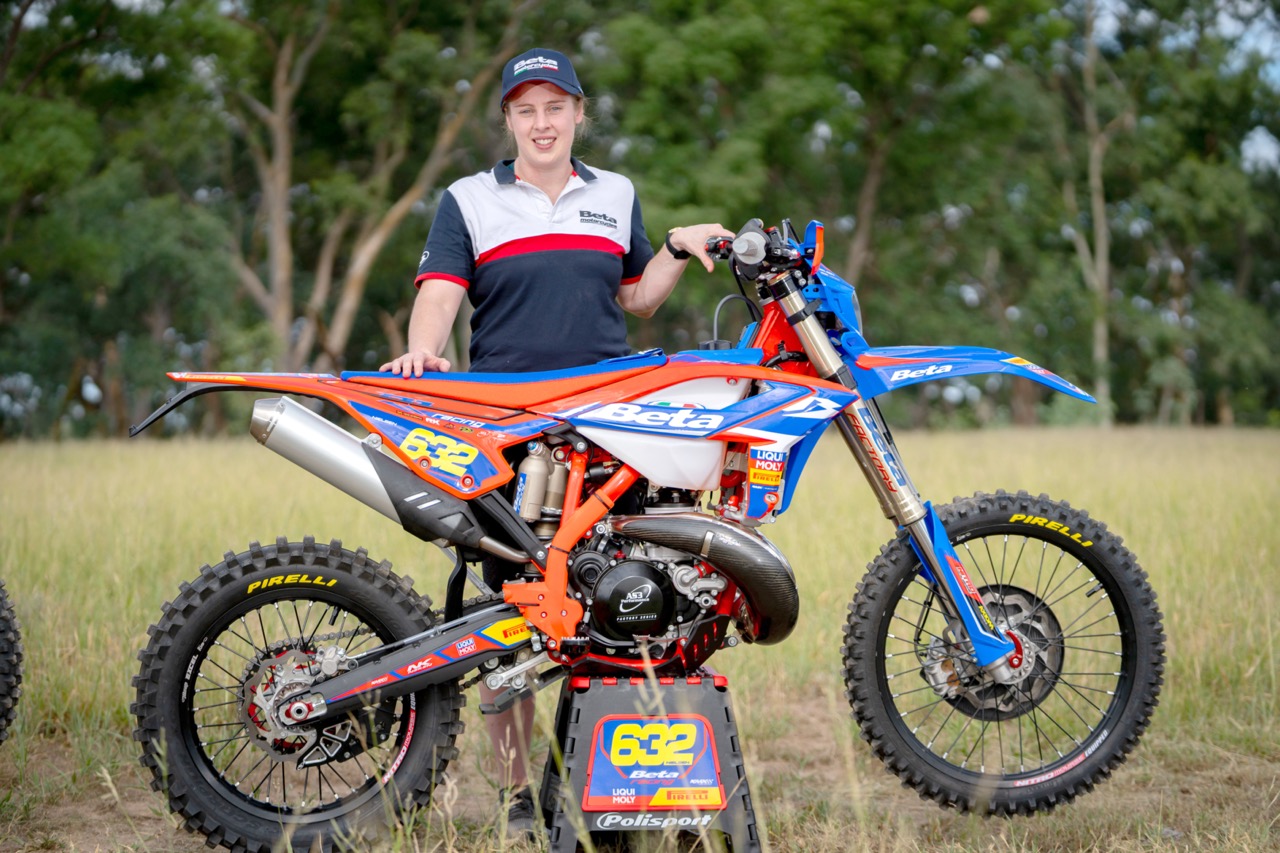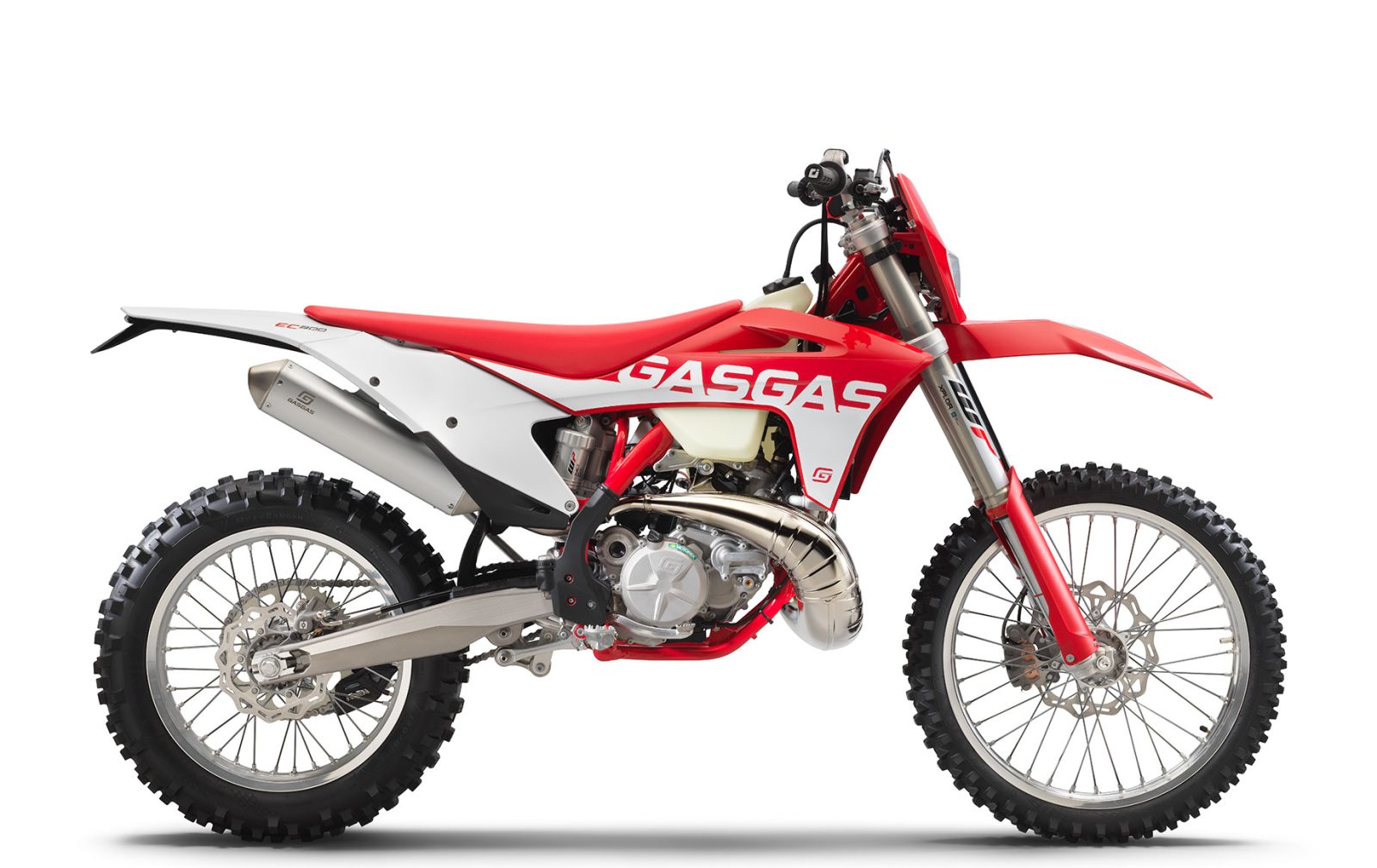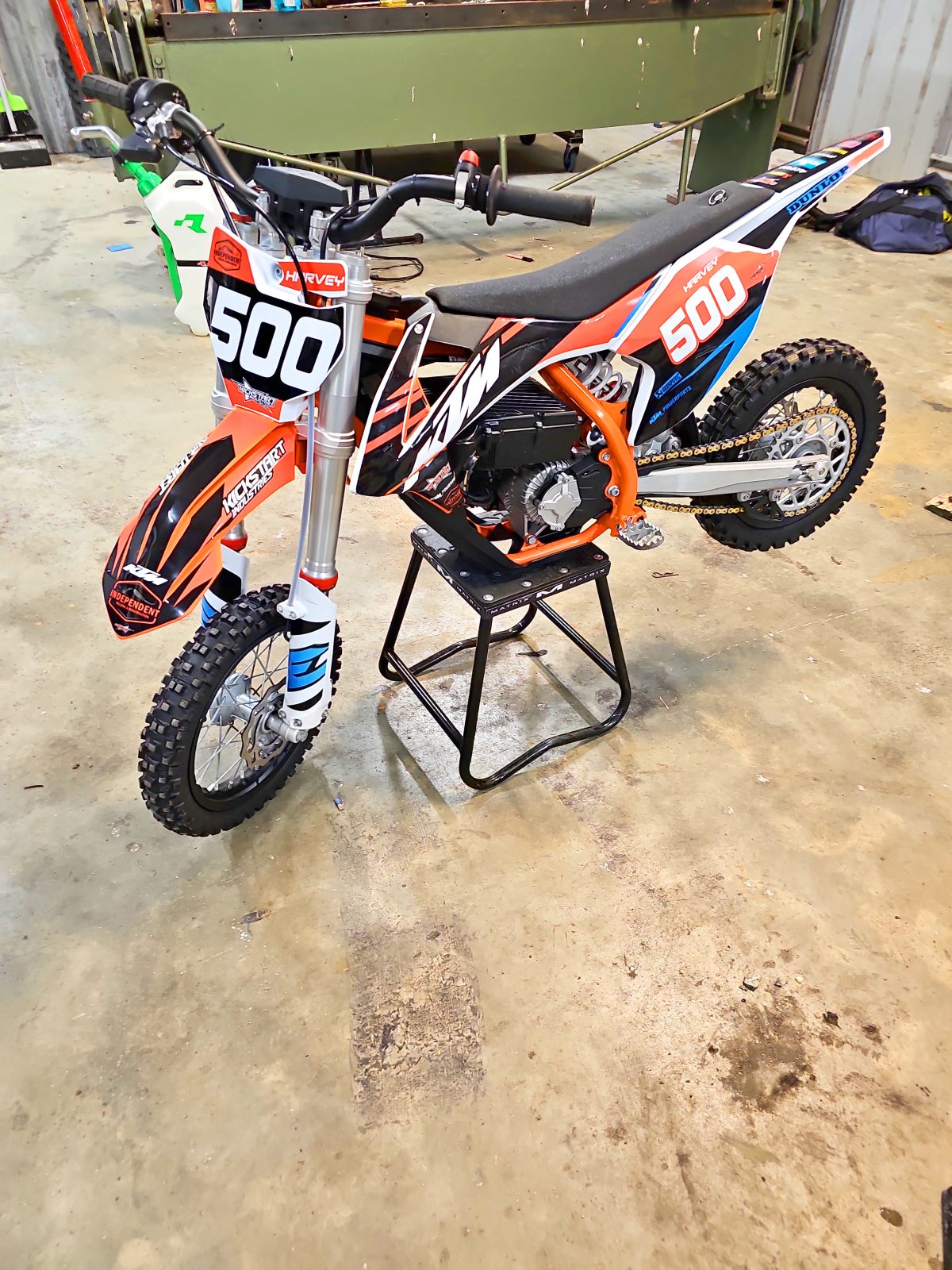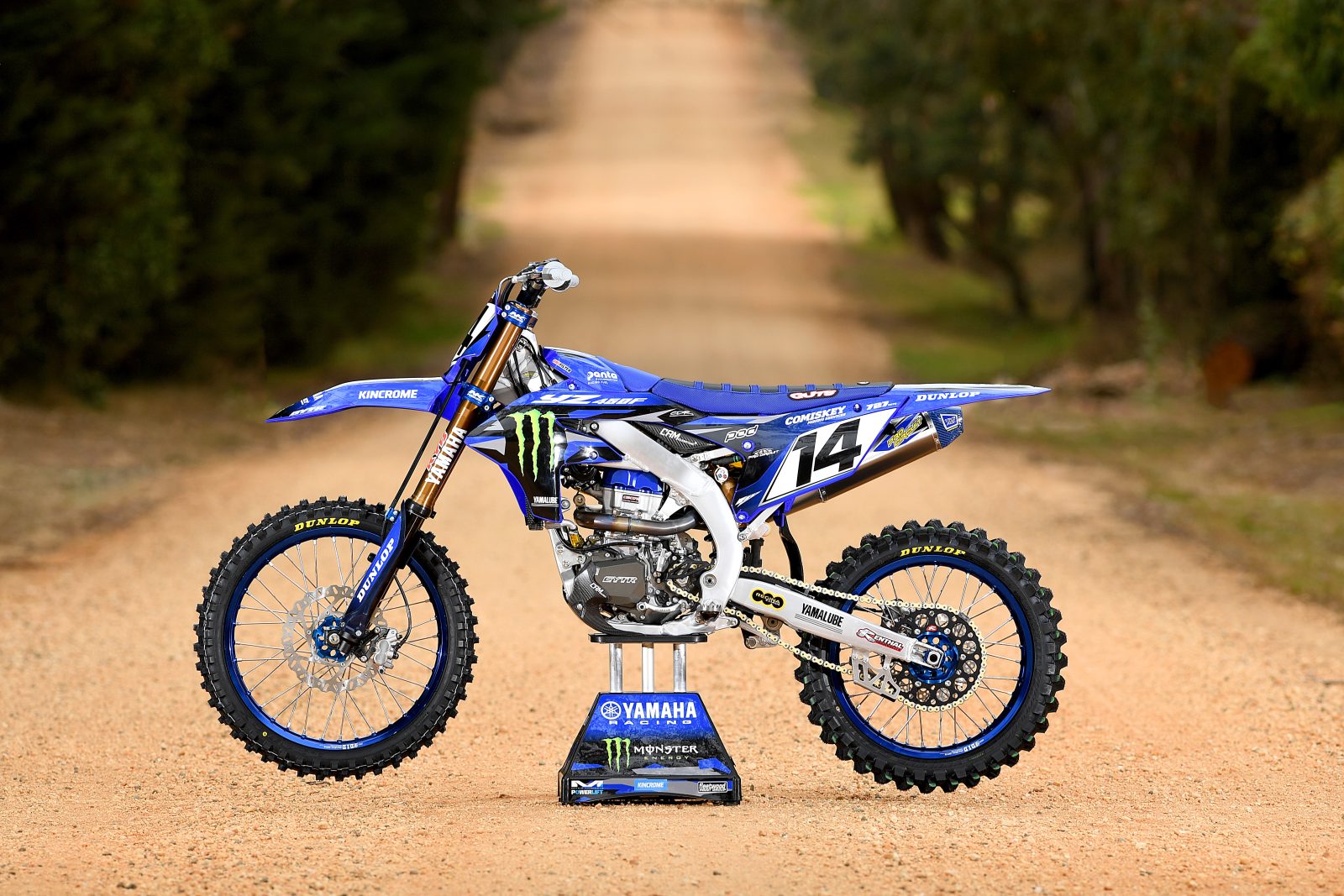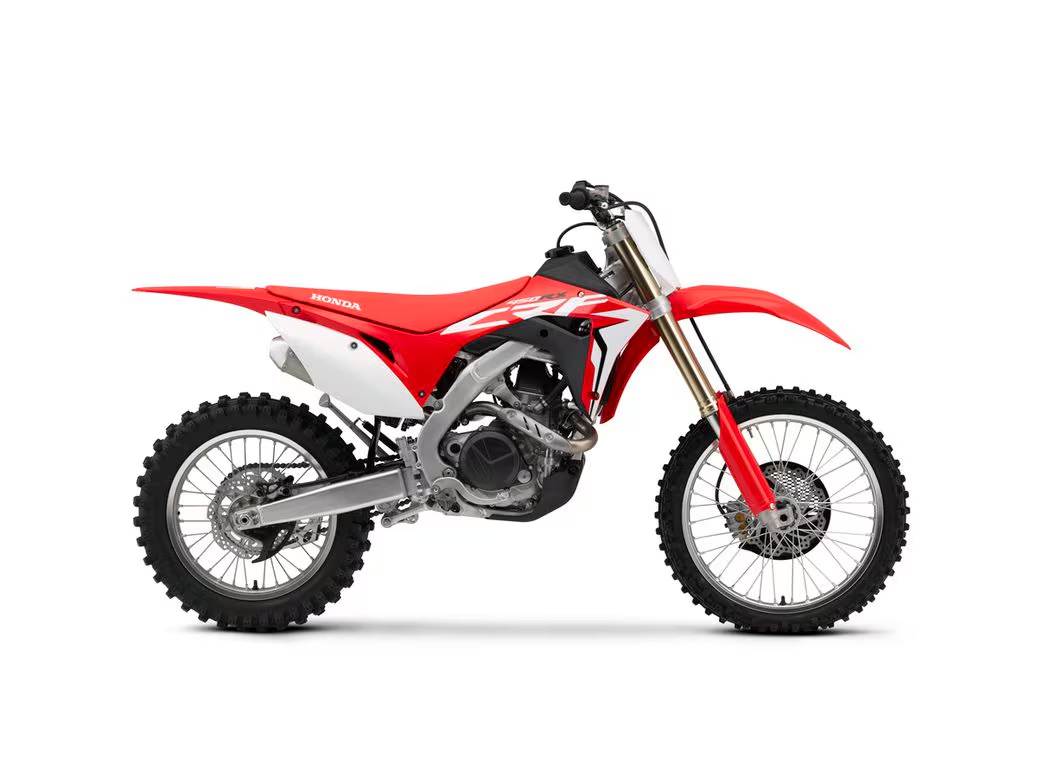How to (pro): Sand blasting
Step-by-step:
1. Stiff suspension
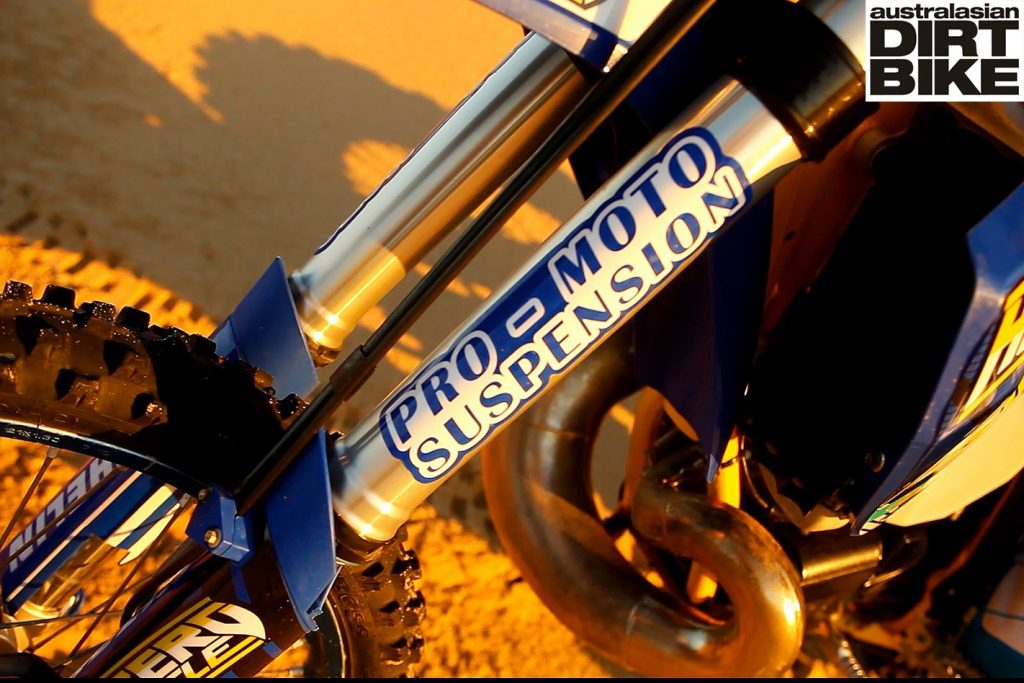
Up to 80% of the work you need to do to get ready for the sand is suspension-related. It’s the biggest factor to get right and one that will make your sand riding a whole lot more enjoyable. You’ve got to attack sand aggressively and to do that you need a stiff shock and fork to handle the big braking bumps and whoops that develop in sand. If the rear wheel isn’t on the ground driving, and the front end is diving and pitching you forward every time you cut the throttle, it’ll be only a matter of time before that sand reaches up and drags you down.
2. On top of the sand
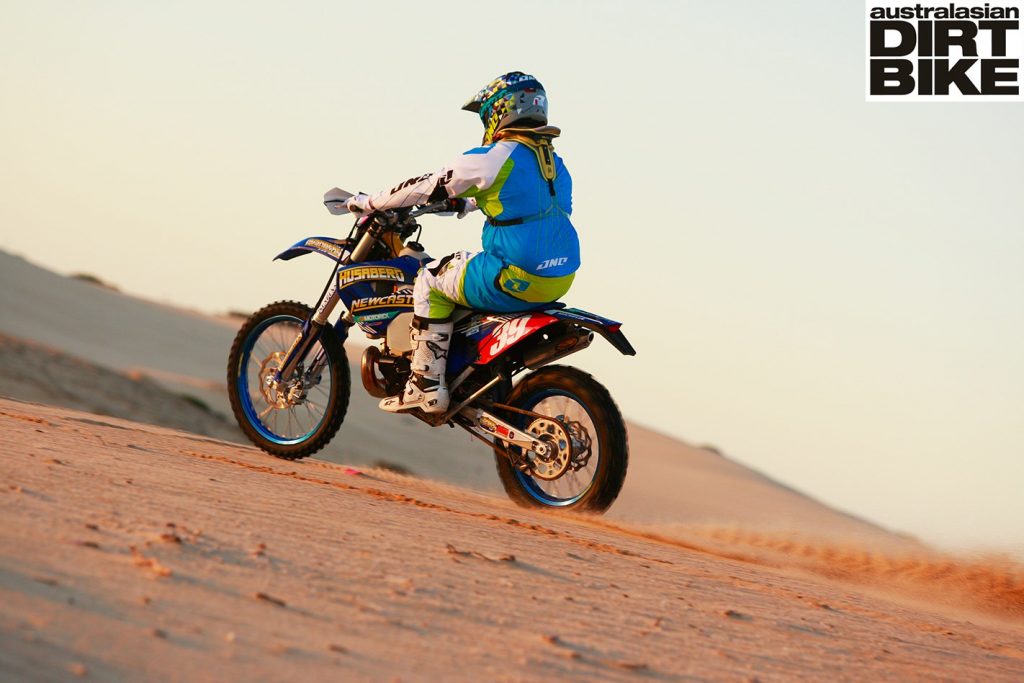
Get up on top of the sand by revving the freckle out of your bike and clicking gears as quickly as possible, like riding through sloppy mud or hydroplaning through water – the quicker you go, the higher up you’ll stay. Move your weight back on the bike so your rear wheel bites in and your front-end hovers lightly on top of the sand, too. If you’re sitting three-quarters of the way back on your seat, with your arms out in front, you’re in the right position. Once you get up to speed you can shift forward, but lean back far enough that your front-end won’t dig in if anything happens.
3. Floating
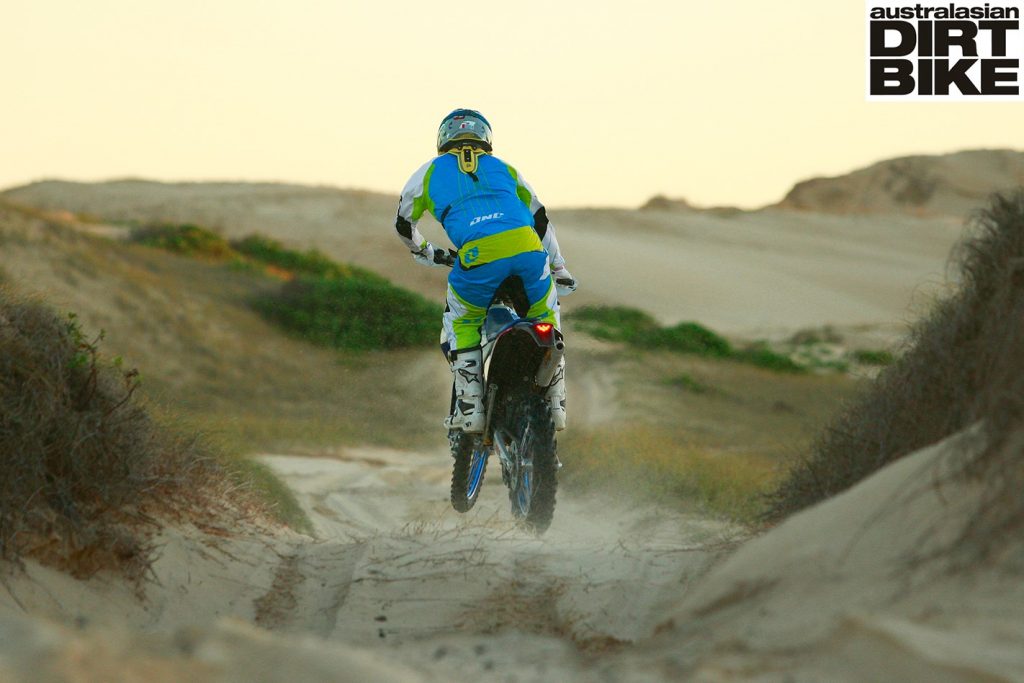
Let your bike go where it wants to and don’t fight it. Grip the bike with your legs for stability, but stay fluid enough to allow it follow the sand under you. When your bike skips sideways the only way to bring it back in line is to keep the throttle open. The worst thing you can do is back off as that will allow the sand to grab your bike and take you down. Suspension setup plays a big part here as a properly sprung and valved bike will allow you to get sideways under full throttle more safely and straighten up on its own.
4. Stay on the power
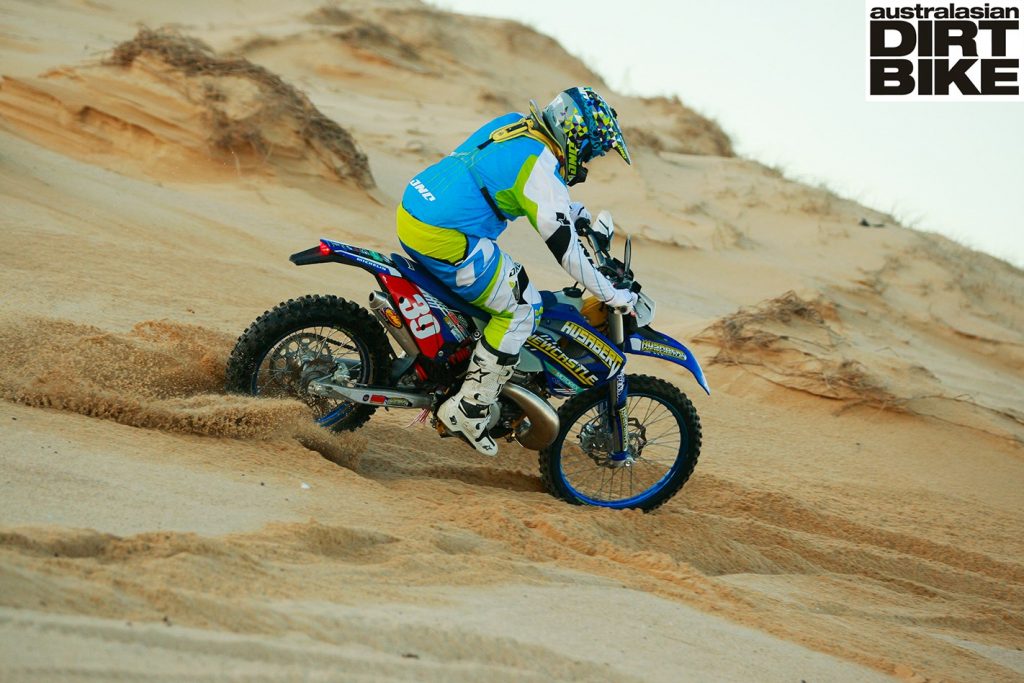
Where you’d usually have backed off and hit the brakes on other surfaces, you can still be on the power when you ride in sand as it creates so much drag, giving a natural braking effect. In fact, you should never completely get off the throttle – instead, trail it lightly the whole way into the corner. You should also avoid grabbing your front brake or locking up the rear – ease them on, if necessary, and don’t touch them at all if you can get away with it.
5. Keep up the momentum
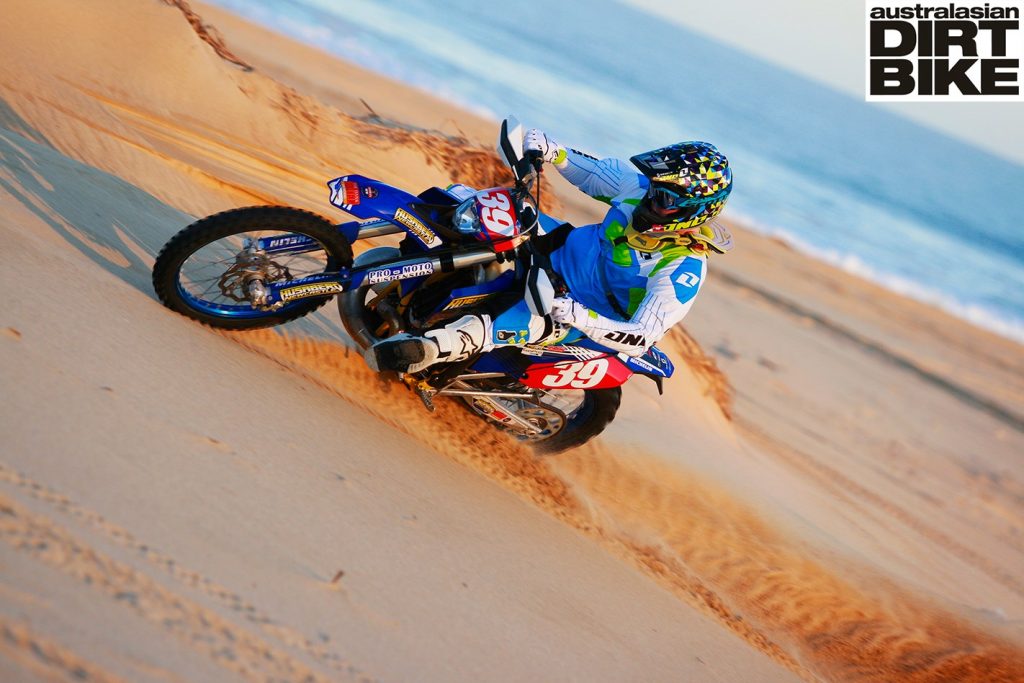
The tighter you turn, the more you’ll spin and the deeper you’ll go into the sand. Aim to sweep a couple of metres wider than you normally would to keep your speed up. The more momentum you carry through sandy corners, the better. Stand up under brakes into the corner, have your arms straight and aim to sit down as late as possible. Often, a large bump will form at the entry– use it as your marker to get on the throttle hard to compensate for the sand’s drag. Lean back, keeping your arms straight, to help the front wheel follow the corner, and a keep your inside leg high to avoid digging into the sand. If there’s no berm or rut you can use a more traditional position, but you will need to keep your weight back to ensure the front stays light.
SAND SET-UP TIPS:
• Don’t lube your chain before sand riding as the grains will stick to it and accelerate wear.
• Run a lower tyre pressure of around 10-12psi
• Plug the bottom of your airbox with tape or a cut-out piece of old air filter to stop sand getting sucked up from the bottom and into your filter
• Wash your bike immediately after riding
Tips on what to do:
• Use the throttle to get up on top
• Use large bumps on corner entries as markers to get on the throttle
• Stay fluid enough to allow your bike to follow the sand under you
Tips on what not to do:
• Carve too tightly and you’ll get dragged into the sand. Make wider more flowing turns
• Grabbing your brakes will pitch you forward. Let the sand slow you
• Avoid chopping the throttle when kicked sideways. Remember, power is your friend
